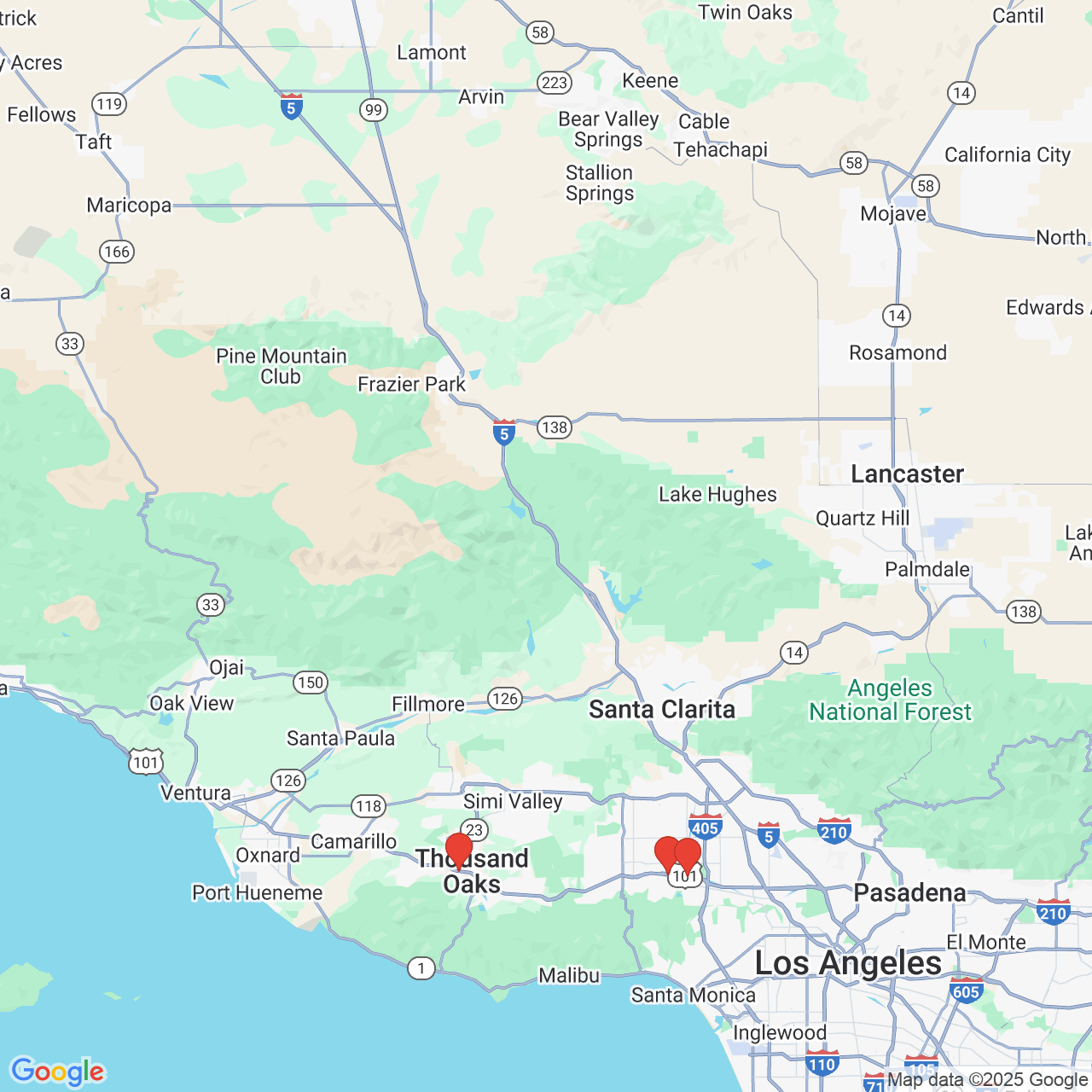What do all of these letters mean?!?!?! The Confusing Nomenclature of Fertility
 Our Los Angeles based fertility center treats patients from all nationalities, races, genders, sexual orientations and socio-economic levels. One key to success with such a varied population is our focus on clear communication and instruction. With this in mind, we are acutely aware that fertility terminology is inherently intimidating and confusing. For this reason, we make an effort to educate our patients on the meaning of the words we use to describe their treatments and conditions.
Our Los Angeles based fertility center treats patients from all nationalities, races, genders, sexual orientations and socio-economic levels. One key to success with such a varied population is our focus on clear communication and instruction. With this in mind, we are acutely aware that fertility terminology is inherently intimidating and confusing. For this reason, we make an effort to educate our patients on the meaning of the words we use to describe their treatments and conditions.
The following is a glossary of acronyms commonly used in the world of fertility.
AMH (Anti Mullerian Hormone): A hormone produced by the follicles within in the ovary. The number of follicles present correlates directly with the level of AMH (higer AMH indicates more follicles). AMH provides a means for testing ovarian reserve.
ART (Assisted Reproductive Technologies): A collective term for all techniques in which sperm or eggs are handled outside the body (in the laboratory)
COH (Controlled Ovarian Hyperstimulation): When medication is given to provoke the ovary to produce multiple eggs at one time.
DOR (Diminished Ovarian Reserve): A term used to describe the condition when a only small amount of eggs remain within a woman’s ovaries. This normally occurs between 35 and 45 years of age, but may be earlier or later in some individuals.
FET (Frozen Embryo Transfer): The transfer of previously frozen and thawed embryos into a prepared uterus.
FSH (Follicle Stimulating Hormone): A hormone produced and released from the pituitary gland (in the brain) that stimulates follicles to grow within the ovary.
GIFT (Gamete Intra-fallopian Transfer): The placement of sperm and eggs (non-fertilized) directly into the fallopian tube immediately following egg retrieval.
HCG (Human Chorionic Gonadotropin): A hormone produced by the placenta which causes a positive pregnancy test. This hormone is also known as the “trigger” shot and is given to induce ovulation.
HSG (Hysterosalpingogram): A radiological test where dye is injected into the uterus and multiple x-rays are taken to determine the shape of the uterine cavity and patency of the fallopian tubes.
ICSI (Intracytoplasmic Sperm Injection): A laboratory technique where a single sperm is loaded into a microscopic glass needle and injected into a mature egg.
IUI (Intrauterine Insemination): Introduction of prepared sperm directly into the uterus near the time of ovulation.
IVF (In Vitro Fertilization): A term to describe the process of fertilization that occurs in a laboratory setting (outside of the human body).
LH (Lutenizing Hormone): A hormone produced and released by the pituitary gland (in the brain) that helps in egg development and induces natural ovulation. This is the hormone makes ovulation prediction kits positive.
OHSS (Ovarian Hyperstimulation Syndrome): A condition encountered when the ovaries over-respond to stimulation medication. Symptoms include severe bloating, dehydration, nausea, vomiting and abdominal pain.
OPK (Ovulation Prediction Kit): An at home, urine test which indicates that ovulation will occur within 24-36 hours.
PGD (Preimplantation Genetic Diagnosis): The evaluation of DNA content within an embryo before it is placed into a uterus. May be used to check the total number of chromosomes, to look for a specific disease, or determine the gender of the embryo.
SAB (Spontaneous Abortion): A pregnancy which ends with the spontaneous expulsion of uterine contents (also known as miscarriage).
SCSA (Sperm Chromatin Structure Analysis): A test that measures the amount of damaged DNA within a spermatozoa (sperm cell).
ZIFT (Zygote Intra-fallopian Transfer): The transfer of Zygotes (day 1 embryos) into the fallopian tubes by laparoscopic procedure.
While this list may be helpful, the specialists at the Center for Fertility and Gynecology understand that no amount of information on the internet can replace the human interaction between doctor and patient. If you have questions about infertility and would like to speak with a doctor, feel free to contact us, we’d be happy to speak with you.







